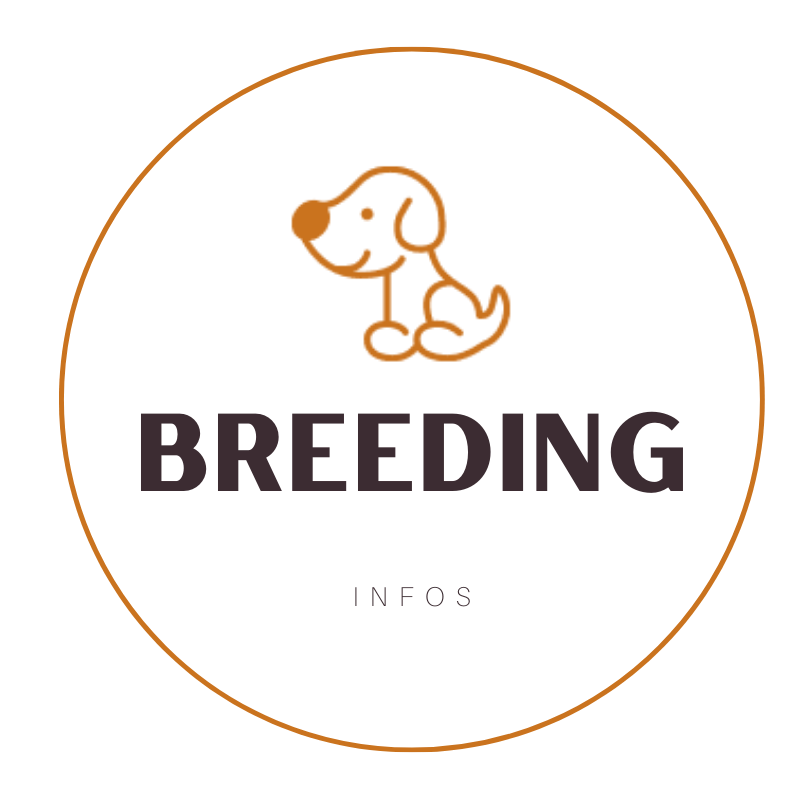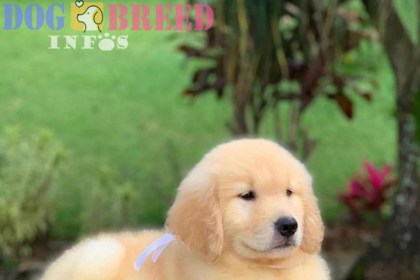The Comprehensive Guide to the Beagle Dog Breed
The German Shepherd, a versatile and intelligent breed, is renowned for its unwavering loyalty, versatility, and exceptional work ethic. Originating in Germany, these dogs have become valued for their roles as police, service, and search-and-rescue dogs due to their keen sense of smell, strength, and trainability. With a distinctive double coat that comes in various colors, the German Shepherd exudes confidence and capability. Their innate protective instincts make them excellent family protectors, while their affectionate nature ensures strong bonds with their human companions.
Beagle Dog Breed

Statistics
-
Country of Origin: Germany
-
Weight: 80 - 125 lbs
-
Height: 21 - 26 inches
-
Color: The most recognizable color of German Shepherd puppies for sale is solid black and tan. Their coat also comes in a variety of other colors including solid black or gray; gold & light gray markings; gray with lighter or brown markings (sable). They may also appear in white. White is considered an improper color in the breed and is not recognized by the CKC.
Beagle Breed Overview
Beagles are a small to medium-sized breed known for their well-proportioned bodies. They typically stand between 13 to 16 inches tall at the shoulder and weigh between 20 to 30 pounds. Their striking appearance includes a sleek, short coat that comes in various colors, with the tricolor (black, white, and tan) variation being the most common.
The Beagle breed has its roots in England, where it emerged through a fascinating blend of the Harrier and various other English Hound breeds. Among its potential ancestors, you’ll find the Talbot Hound, the striking black & tan Irish Kerry Beagle, and even the venerable Bloodhound. Renowned for their exceptional olfactory abilities, Beagles became prized companions for Pheasant and Quail hunting expeditions.
It wasn’t until the year 1885 that the American Kennel Club (AKC) officially recognized the Beagle and classified it within the Hound group.
Beagle Temperament
Beagles are renowned for their distinctive temperament, characterized by a delightful combination of traits that make them beloved companions. This Amazing dog breed loves children and does well with other dogs. One distinctive trait of a Beagle dog Breed is their howling bark:
Friendly and Sociable: Beagles are known for their friendly and sociable nature. They thrive on human interaction and enjoy being part of a family.
Curious and Inquisitive: Beagles have an insatiable curiosity. They love to explore their surroundings and follow their noses, which can sometimes lead them on unexpected adventures.
Playful and Energetic: These dogs are playful and full of energy, making them excellent playmates for both children and adults. Beagles are always up for a game of fetch or a romp in the yard.
Intelligent and Independent: Beagles are intelligent dogs, but they also have a streak of independence. This means they may have a mind of their own at times and can be somewhat stubborn, especially when they catch an interesting scent.
Affectionate and Loyal: Beagles are known for their affectionate nature. They form strong bonds with their families and are loyal to their human companions.
Scent-Driven: Beagles have an exceptional sense of smell, and they are often led by their noses. This scent-driven behavior is deeply ingrained in their instincts, making them skilled trackers.
Good with Other Pets: Beagles are generally good with other pets, including dogs and cats, especially if they are socialized from a young age.
Alert and Vocal: Beagles have a distinctive bark that they’re not afraid to use. They are alert and make excellent watchdogs, alerting their owners to any unusual sounds or visitors.
In essence, Beagles are a friendly and playful breed with a strong sense of curiosity and loyalty. Their intelligence, combined with their independent streak, means they thrive in environments where they receive mental stimulation and loving companionship.
Beagle Health Issues and Life Expectancy
- Obesity: Beagles have a tendency to gain weight if not properly managed. Obesity can lead to various health problems, including joint issues and diabetes.
- Ear Infections: Beagles’ long, floppy ears are charming, but they can also trap moisture and debris, making them prone to ear infections. Regular cleaning is essential.
- Hip Dysplasia: This genetic condition affects the hip joints and can lead to pain and mobility issues.
- Eye Conditions: Beagles can be prone to various eye conditions, including glaucoma and cherry eye.
- Epilepsy: Some Beagles may develop epilepsy, a neurological disorder characterized by seizures.
The Beagle Dog Breed Life Expectancy
The average life expectancy of a Beagle typically falls within the range of 10 to 15 years. With proper care, including a balanced diet, regular exercise, routine veterinary check-ups, and attention to their specific health needs, Beagles can often enjoy a long and healthy life. Genetics also play a significant role, so obtaining a Beagle from a reputable breeder who screens for genetic health issues can contribute to their overall well-being. Responsible pet ownership, including managing their weight and providing a safe and loving environment, can further enhance the life expectancy and quality of life for these beloved companions.Beagle Coat and Coat Care
Beagles are blessed with a distinctive and low-maintenance coat. Here are some key characteristics:
Short and Dense: Beagles have a short and dense double coat that provides them with protection from various weather conditions.
Color Variety: Beagle coats come in various colors, with the tricolor (black, white, and tan) combination being the most common. Lemon and white, red and white, and blue tick are among other recognized color patterns.
Water-Resistant: Beagle coats possess some water-resistant properties, allowing them to stay relatively dry when exposed to light rain or damp conditions.
Maintaining a Beagle’s coat is straightforward but important to ensure their comfort and well-being:
Regular Brushing: Beagles benefit from regular brushing to remove loose hair and distribute natural oils. Weekly brushing is usually sufficient to keep their coat in good condition.
Bathing as Needed: Beagles are not prone to a strong doggy odor, so bathe them as needed, typically every 1 to 3 months or when they get particularly dirty.
Ear Cleaning: Due to their floppy ears, Beagles are prone to ear infections. Regularly inspect and clean their ears to prevent moisture buildup.
Nail Trimming: Keep their nails trimmed to a comfortable length to avoid overgrowth and discomfort.
Dental Care: Dental hygiene is crucial for Beagles. Brush their teeth regularly and provide dental chews or toys to help maintain oral health.
Healthy Diet: A balanced diet rich in nutrients contributes to a healthy coat. Ensure they receive proper nutrition to support coat health.
Regular Vet Check-ups: Routine veterinary visits are essential to monitor their overall health, including any skin or coat-related issues.
By following these simple coat care guidelines, you can help your Beagle maintain a healthy, shiny coat that reflects their overall well-being and vitality.
Frequently Asked Questions
-
Discover Why Some Beagles May Whine Frequently.
-
What Are the Most Common Causes of Beagle Mortality?
-
What's the Typical Lifespan of Beagles?
-
What Is the Maximum Size a Beagle Can Reach?
-
How Much Is a Beagle Typically Priced?
-
Are Beagles Easy to Train?
-
How Can You Adopt One of the 4000 Beagles?
-
What's the Average Weight of Beagles?
-
How Much Do Beagles Typically Cost?
-
Are Beagles Considered Smart Dogs?
-
What Are the Characteristics of a Legit Beagle?
-
How Much Money Should You Prepare to Purchase a Beagle?
-
Are Beagles Considered Hypoallergenic Breeds?
-
How Large Can Beagles Grow in Size?
-
What Is the Average Lifespan of Beagles?
-
Do Beagles Shed a Lot?




